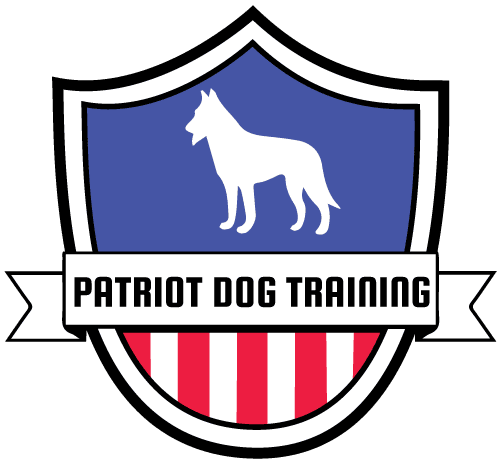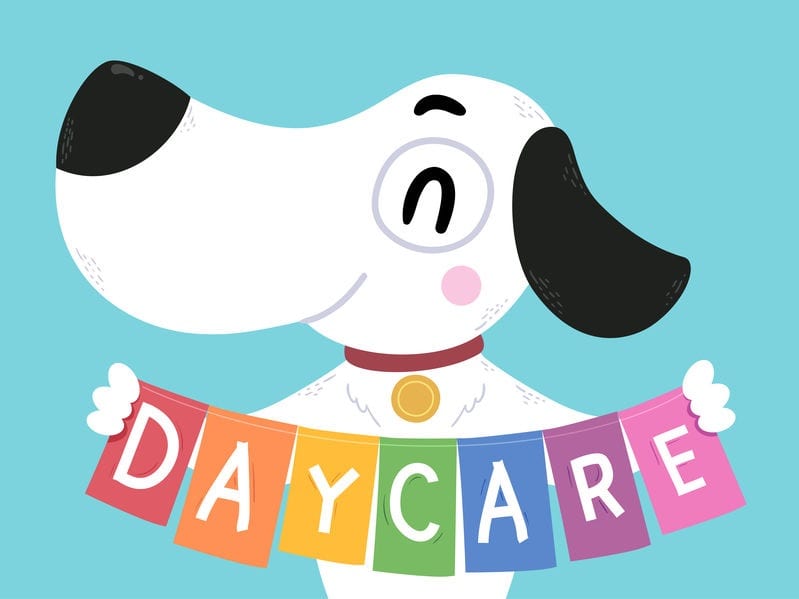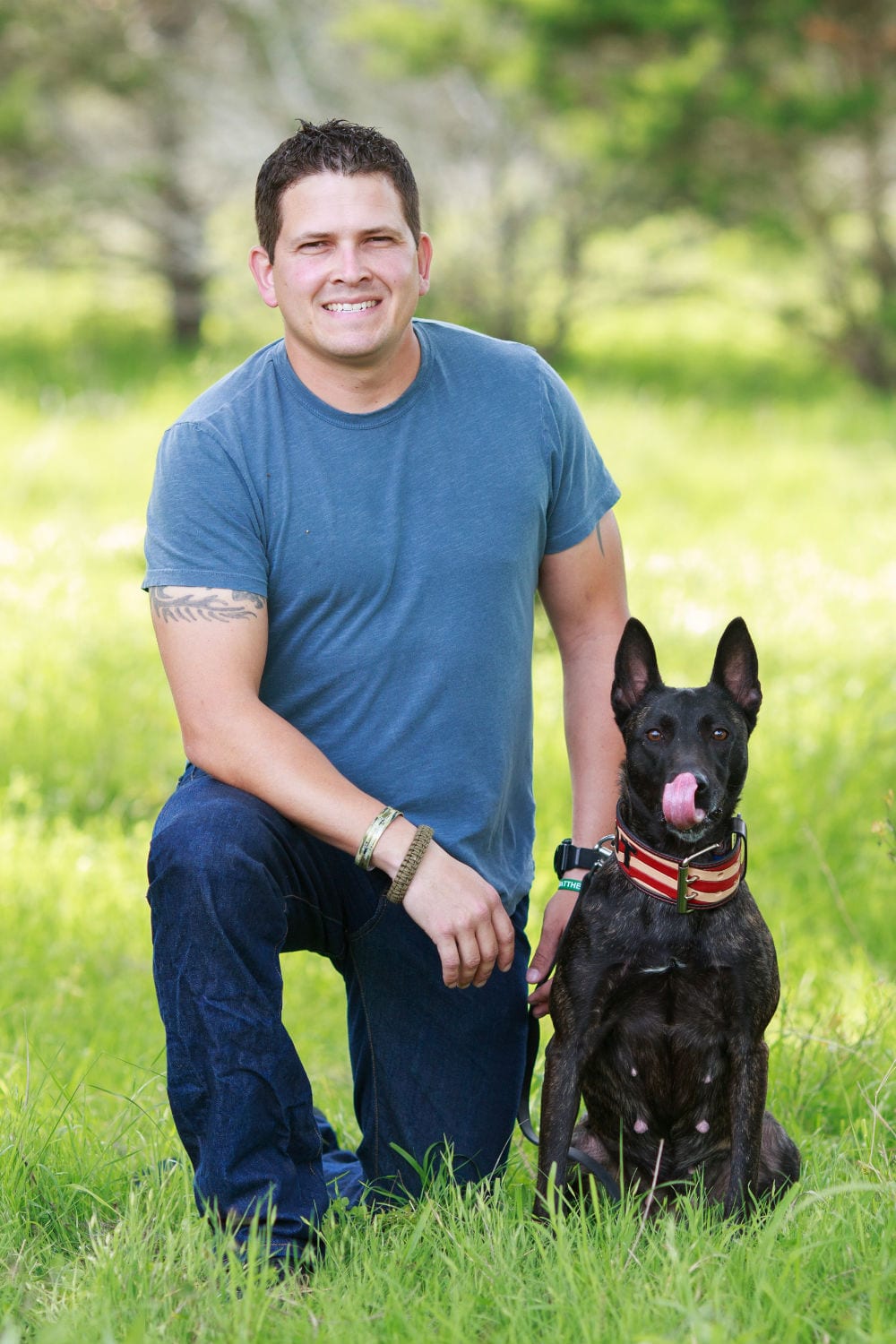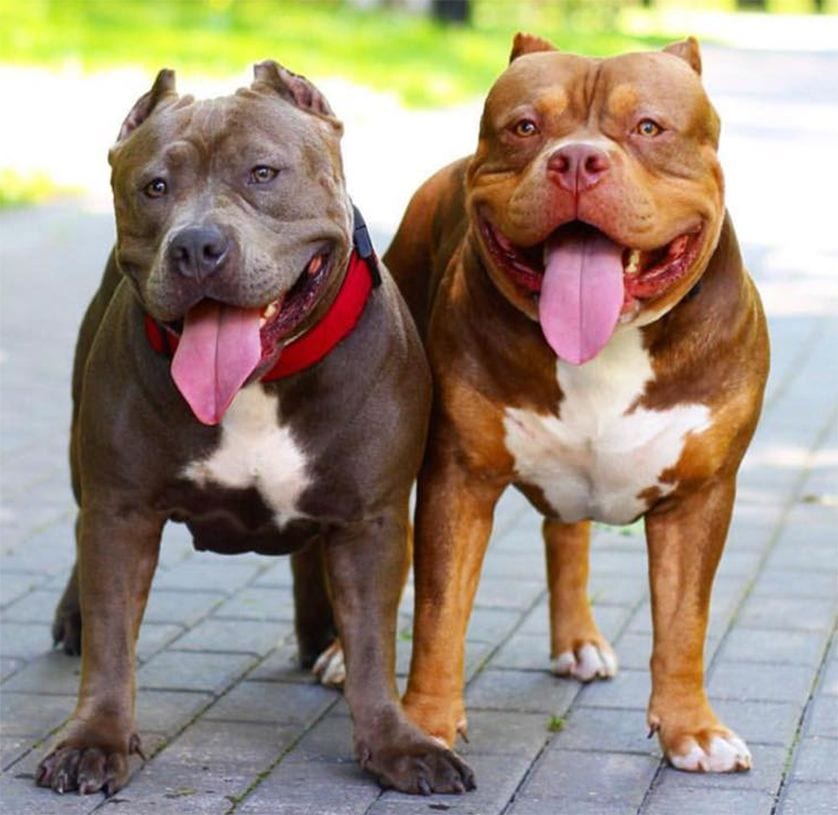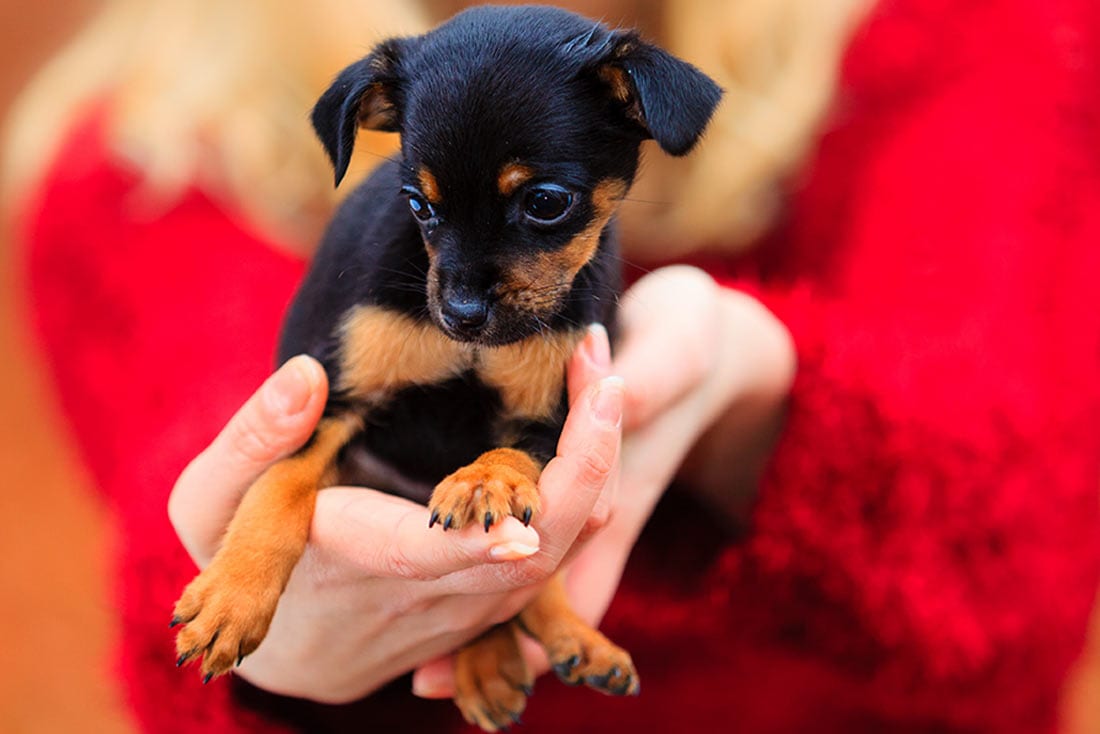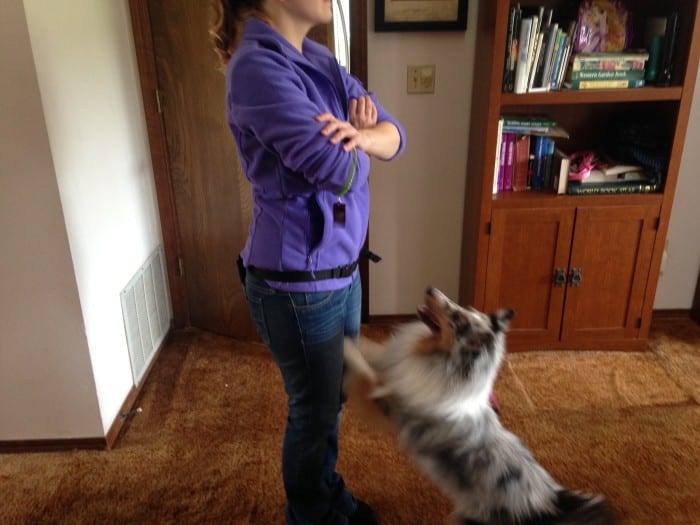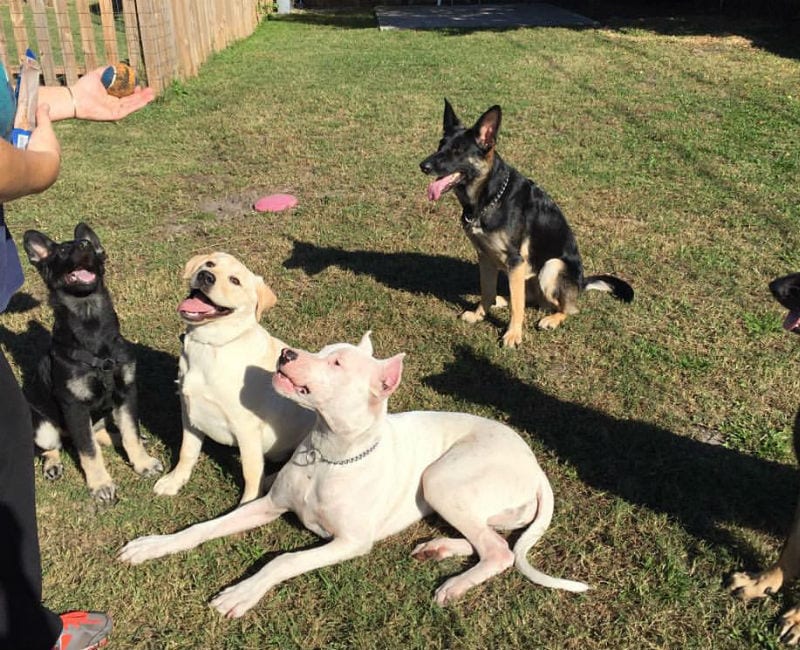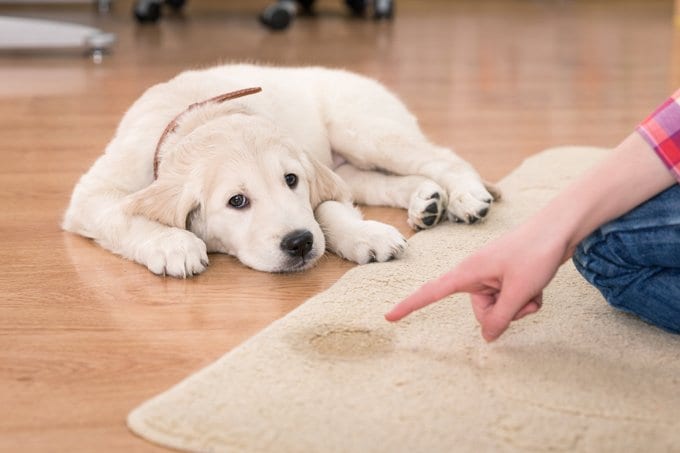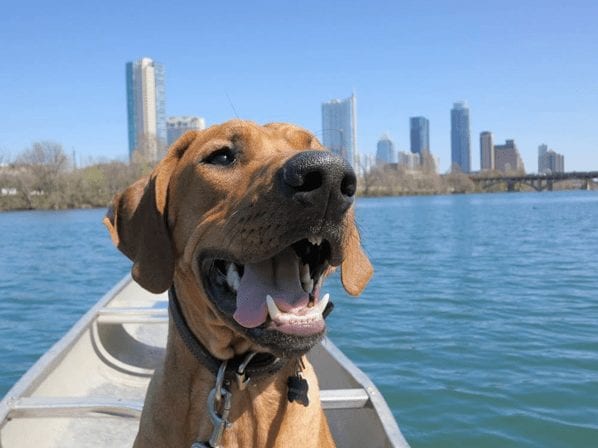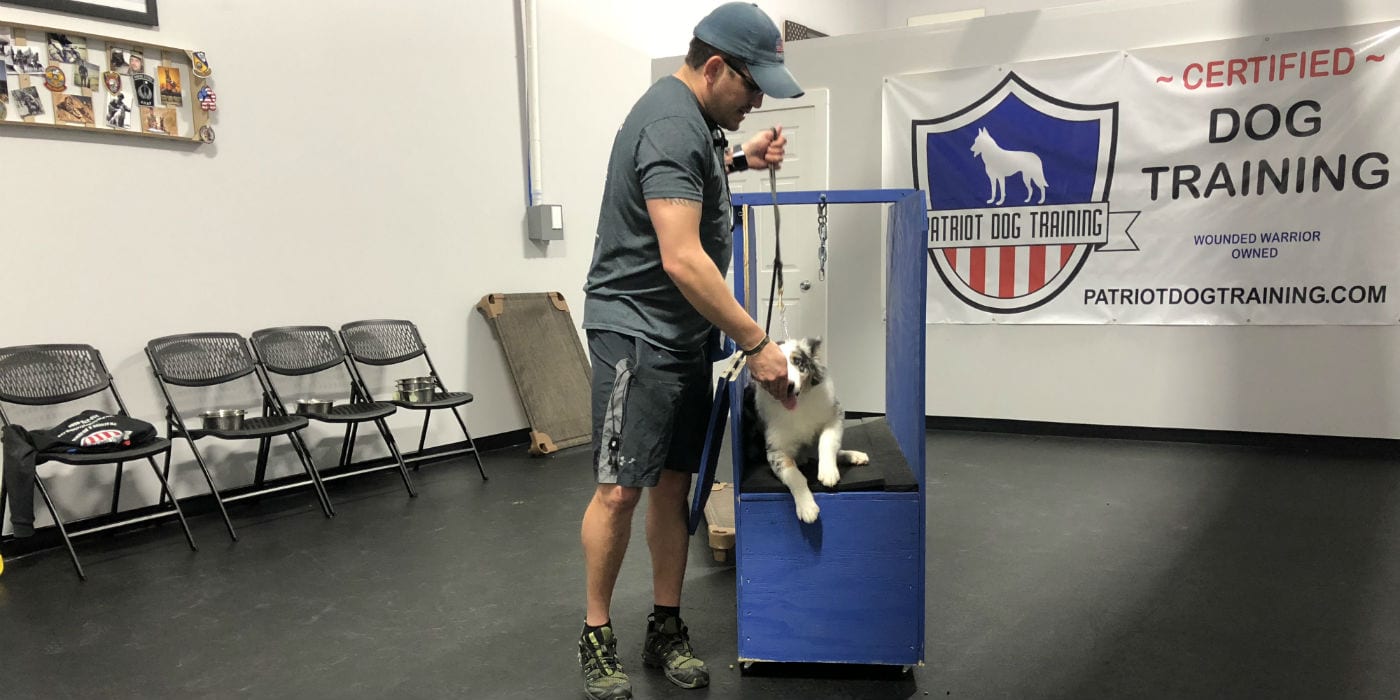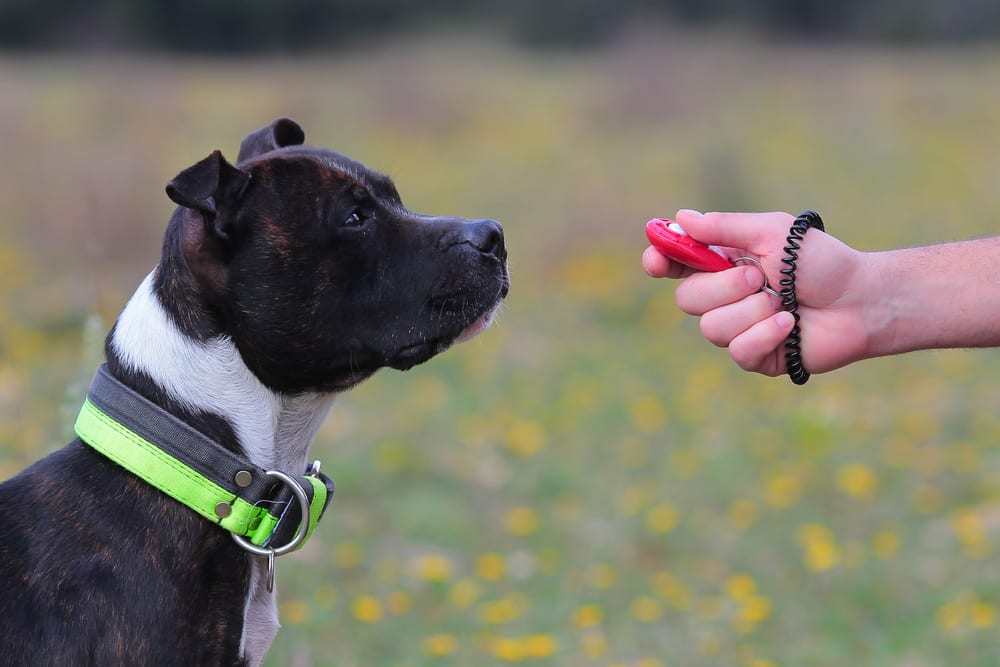It turns out, dogs aren’t all that different than humans in many ways. Just like human, dogs of all ages need interaction and socialization with others in order to fully maximize their natural potential. We believe in the importance of doggy daycare as more than just time-filler or way to keep your pup engaged while you’re away – we see it as a vital part of your dog’s natural development.
Here at Patriot Dog Training, this type of guided socialization is a key pillar to our success in our Doggy Daycare service. Our team’s philosophy is to slowly incorporate all of our pups into small groups and grow those groups over time. Not only does this “slow-but-steady” approach build confidence amongst individual pups, but it also provides excellent opportunity for those canines to be corrected by each other. It also helps dogs that tend to be higher-strung or anxious to acclimate to the socialization and expectations at their own pace.
With guided socialization we can take your pup through a methodical process of potty training, play time, and rest. It’s very important that your pup is corrected to its understanding. Any of the training dogs that go through our program have been paired with correction and have a set of skills (such as popular commands, like sit, down, here, heel, and place) and can help redirect them if things get too rough. Recall and training around big distractions are also excellent tasks to practice during doggy day care sessions. Obviously, our doggy daycare won’t replace full-service training, by any means, but it does help reinforce some of the same skills through socialization.
If you’re looking for the best doggy daycare service in the Hill Country, contact our team today! Let us demonstrate the importance of doggy daycare and the impact it can have in the development of your pup’s social skills and learning ability. Call our team now to schedule your pups play for the day at 830-229-7141.
